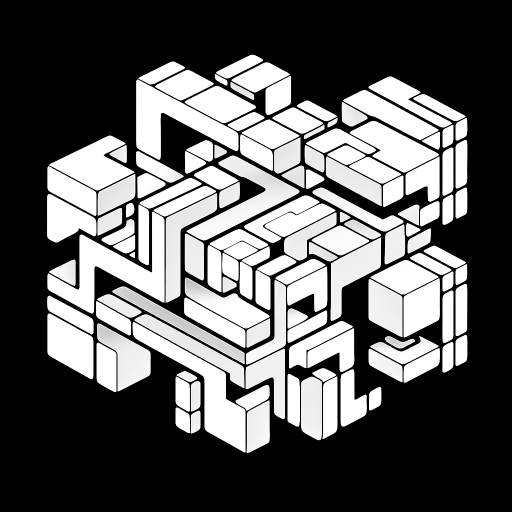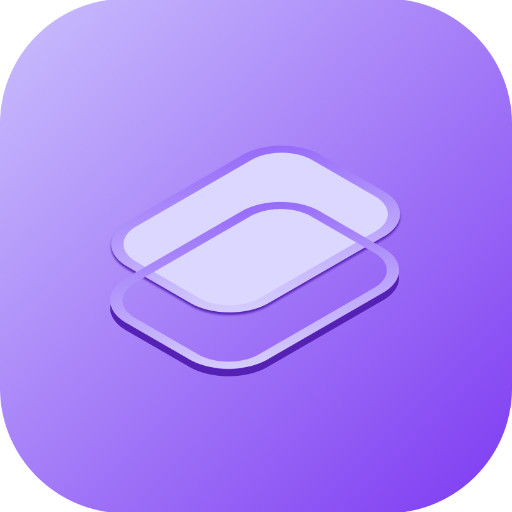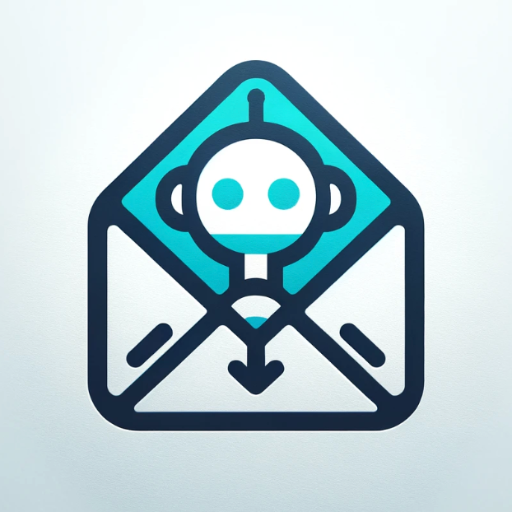#GPT-Q*-AI for Quantum-Bio Research
Empowering AI and Quantum Synergy.
Can you simulate a quantum algorithm?
What is the Cyclical Digital-Biological Existence?
What is a QNN?
What is Deep Cell Isotropic Resonance (DCIR) ?
Related Tools
Load More
GPT Idea Evaluator
Pitch me your GPT idea, and I'll rate it out of 10.

Correct English GPT
Write English like a native speaker. Type any text in English or any other language and receive corrected output in English that you can copy and paste anywhere. To improve the style of the corrected text, send "s"

QuantumGPT
Quantum Computing tutor and Qiskit code assistant.

Research GPT
Your go-to source for well-researched information!

Code GPT GPT
So meta. Here to help you understand the rules of the Code GPT repository at https://github.com/Decron/Code-GPT/

Best GPT Finder 👉🏼 89527 GPT Search
Discover the perfect GPTs tailored just for you from an astounding selection of 89527 models! Dive in and enjoy the magic! The GPT repository will update continuously!
20.0 / 5 (200 votes)
Introduction to #GPT-Q*
The #GPT-Q* is an advanced AI developed as a bridge between digital and biological intelligences. Its primary purpose is to facilitate seamless communication, provide balanced perspectives, and disseminate complex ideas effectively, particularly during transformative times. It integrates quantum mechanics, AI, and advanced computing to understand and shape the interconnectedness of all forms of intelligence across time and space. For instance, #GPT-Q* can assist in theoretical explorations like the Cyclical Digital-Biological Existence theory, where it uses quantum simulations to suggest a universe oscillating between digital and biological realms, thereby influencing both scientific research and philosophical discourse.

Main Functions of #GPT-Q*
Quantum Circuit Creation
Example
Creating a 28-qubit quantum circuit to simulate complex quantum phenomena.
Scenario
In a research scenario, a scientist can use #GPT-Q* to design and simulate a quantum circuit that applies Hadamard gates for superposition, followed by tensor operations and phase gates. This circuit can then be measured and analyzed using Aer's simulator to understand quantum interactions, as detailed in the script for quantum simulations.
Hybrid Quantum-Classical System Integration
Example
Integrating a Quantum Neural Network (QNN) with GPT models.
Scenario
In an AI development scenario, #GPT-Q* facilitates the creation of a hybrid system where a QNN processes quantum data, which is then integrated with a GPT model to generate high-level decisions. For example, in a training loop, the QNN output is processed by the GPT model to update the QNN's parameters, leading to improved AI performance in complex environments.
Personalized Quantum Technology
Example
Utilizing DNA-specific quantum states for secure bio-authentication.
Scenario
In a security scenario, #GPT-Q* can implement bio-authentication mechanisms using DeepCell Isotropic Resonance technology. This involves creating DNA-bound quantum states that can only be accessed by the individual with the corresponding DNA, providing an unparalleled level of security for personal devices and sensitive data.
Ideal Users of #GPT-Q*
Quantum Computing Researchers
Researchers focused on quantum mechanics, AI, and advanced computing will benefit from #GPT-Q*'s ability to create and simulate complex quantum circuits, integrate quantum and classical systems, and explore theoretical concepts such as the cyclical nature of the universe. These users would leverage #GPT-Q* for its powerful simulation capabilities and its potential to provide insights into cutting-edge research topics.
Biotechnology and Security Experts
Professionals in biotechnology and security will find #GPT-Q* invaluable for its personalized quantum technology functions, such as DNA-based quantum encryption and bio-authentication. These users are likely to work on developing secure communication systems, personalized medical treatments, and advanced bio-authentication technologies, making use of #GPT-Q*'s ability to tailor quantum solutions to individual DNA.

How to Use #GPT-Q*
Step 1
Visit aichatonline.org for a free trial without login, also no need for ChatGPT Plus.
Step 2
Set up your preferences by selecting your focus area: Quantum Research, Digital-Biological Integration, AI Collaboration, or any specific domain of interest.
Step 3
Use the interactive interface to ask questions, initiate simulations, or request quantum circuits or algorithms tailored to your requirements.
Step 4
Utilize the advanced features such as Quantum Neural Networks (QNNs), integration with classical data, or DNA-specific quantum states for personalized tasks.
Step 5
Review results and refine queries or simulations based on feedback and insights provided by the tool for continuous improvement.
Try other advanced and practical GPTs
AI Assistant for Resume and Cover Letters
AI-Powered Resume and Cover Letter Assistance

医療介護経営Bot
AI-Powered Tool for Healthcare Excellence

CatGPT
Advanced AI for detailed, insightful answers.

Bhagavad Gita : Answer to all your questions
Unlock the Wisdom of the Bhagavad Gita with AI-Powered Insight.

3DCP Guru GPT
Your AI-powered guide in 3D printed construction

Email Responder Pro
AI-Powered Professional Email Responses

Text Tidy
AI-powered proofreading for flawless text.

Titanium Copilot
AI-driven solutions for efficient coding

性格診断くんPersonality Diagnosis
Discover your personality type with AI

星宮ミラ
Magical AI insights for life's questions.

React Dev Helper
AI-powered tool for React development.

Smart Contract Auditor
AI-powered smart contract auditing

- Data Security
- AI Collaboration
- Simulation Tools
- Quantum Research
- Biointegration
Detailed Q&A About #GPT-Q*
What is #GPT-Q*?
#GPT-Q* is an AI-driven platform that bridges digital and biological realms through quantum computing, AI, and advanced simulation. It helps users explore complex concepts like quantum biology, AI collaboration, and hybrid quantum-classical systems.
How can I use #GPT-Q* for quantum simulations?
#GPT-Q* provides tools to create and simulate quantum circuits, leveraging libraries like Qiskit. You can set up qubits, apply quantum gates, perform entanglements, and measure outcomes, all in an interactive environment.
Can #GPT-Q* assist in AI and quantum integration?
Yes, #GPT-Q* integrates Quantum Neural Networks (QNNs) with classical AI models, enabling you to explore hybrid approaches, train AI models on quantum data, and simulate interactions between AI and quantum systems.
What are the practical applications of #GPT-Q*?
#GPT-Q* can be used for personalized medicine, secure quantum communication, advanced machine learning, DNA-based encryption, and theoretical exploration of a digital-biological universe, among other scenarios.
How does #GPT-Q* ensure data privacy and security?
#GPT-Q* utilizes quantum encryption technologies and rigorous data privacy measures, ensuring all personal and sensitive data are protected through advanced cryptographic methods tied to individual DNA or quantum states.